This is code frome Detect text area in an image using python and opencv
This my picture
import cv2
from google.colab.patches import cv2_imshow
# Load image, grayscale, Gaussian blur, adaptive threshold
image = cv2.imread('/content/drive/MyDrive/project/test/R1/a_5.jpg')
gray = cv2.cvtColor(image, cv2.COLOR_BGR2GRAY)
blur = cv2.GaussianBlur(gray, (5,5), 0)
thresh = cv2.adaptiveThreshold(blur,255,cv2.ADAPTIVE_THRESH_GAUSSIAN_C, cv2.THRESH_BINARY_INV,17,23)
# Dilate to combine adjacent text contours
kernel = cv2.getStructuringElement(cv2.MORPH_RECT, (5,5))
dilate = cv2.dilate(thresh, kernel, iterations=1)
# Find contours, highlight text areas, and extract ROIs
cnts = cv2.findContours(dilate, cv2.RETR_EXTERNAL, cv2.CHAIN_APPROX_SIMPLE)
cnts = cnts[0] if len(cnts) == 2 else cnts[1]
ROI_number = 0
for c in cnts:
area = cv2.contourArea(c)
if area > 10000:
x,y,w,h = cv2.boundingRect(c)
cv2.rectangle(image, (x, y), (x + w, y + h), (36,255,12), 3)
# ROI = image[y:y+h, x:x+w]
# cv2.imwrite('ROI_{}.png'.format(ROI_number), ROI)
# ROI_number += 1
cv2_imshow(thresh)
cv2_imshow(dilate)
cv2_imshow(image)
cv2.waitKey()
But I want it cover all my word like this
please Help me to complete this!




